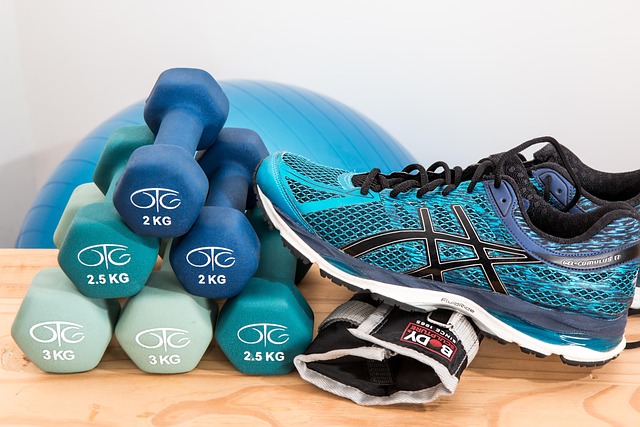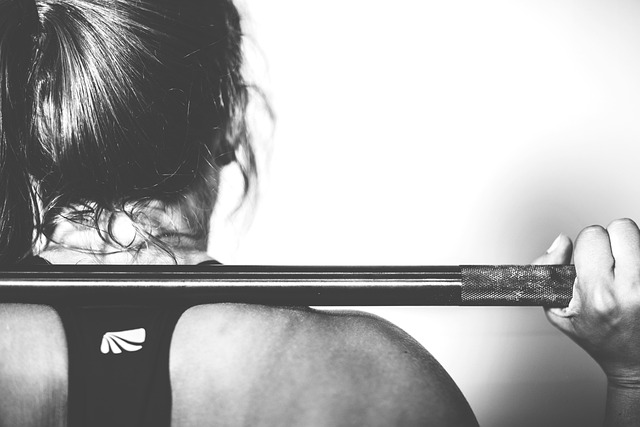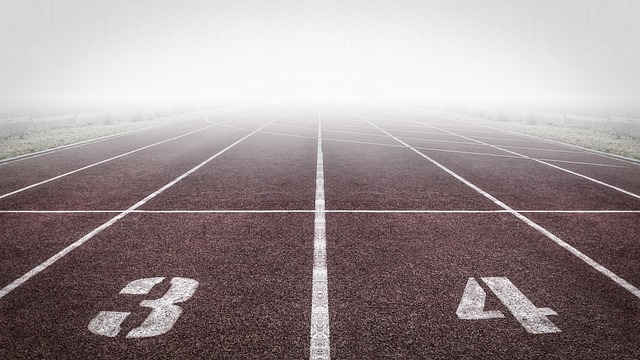
The Stability Ball
The stability ball, often referred to as a balance ball or exercise ball, is a versatile tool widely used in fitness and rehabilitation settings. Its unique design allows for a variety of exercises that target core strength, balance, and overall body conditioning. This article explores the benefits, uses, and exercises associated with stability balls, making it a valuable addition to any fitness routine.
Benefits of Using a Stability Ball
Incorporating a stability ball into workouts offers numerous benefits:
- Improved Core Strength: Engaging the core muscles is essential for stability and posture. Stability balls require the body to maintain balance, which activates the abdominal and back muscles.
- Enhanced Balance and Coordination: Regular use of a stability ball can improve overall balance and coordination, making it particularly beneficial for athletes and older adults.
- Increased Flexibility: Many exercises performed on a stability ball promote flexibility, particularly in the spine and hips.
- Low-Impact Exercise: Stability ball exercises are generally low-impact, making them suitable for individuals recovering from injuries or those seeking a gentler workout.
How to Choose the Right Stability Ball
Selecting the appropriate stability ball is crucial for maximizing benefits and ensuring safety. Consider the following factors:
- Size: Stability balls come in various sizes, typically ranging from 45 cm to 85 cm in diameter. A general guideline is to choose a ball that allows the knees to be at a 90-degree angle when seated on it.
- Material: Look for high-quality, burst-resistant materials to ensure durability and safety during use.
- Weight Capacity: Check the weight limit of the ball to ensure it can support your body weight during exercises.
Effective Stability Ball Exercises
There are numerous exercises that can be performed using a stability ball. Here are a few effective options:
- Stability Ball Crunch: Sit on the ball with your feet flat on the floor. Lean back slightly, engaging your core, and perform a crunch by lifting your upper body towards your knees.
- Wall Squats: Place the stability ball between your lower back and a wall. Slowly squat down, keeping your knees behind your toes, and then return to standing.
- Plank: Position your forearms on the ball and extend your legs behind you. Keep your body in a straight line from head to heels, engaging your core.
- Hamstring Roll: Lie on your back with your heels on the ball. Lift your hips off the ground and roll the ball towards you by bending your knees, then extend back out.
Incorporating Stability Balls into Your Routine
Stability balls can be integrated into various fitness routines, whether in a gym setting or at home. They can complement strength training, yoga, or even cardio workouts. It is advisable to start with basic exercises and gradually progress to more challenging movements as strength and balance improve.
Conclusion
The stability ball is a multifaceted tool that can enhance fitness levels across all age groups and fitness backgrounds. By improving core strength, balance, and flexibility, it serves as an excellent addition to any exercise regimen. With proper selection and usage, the stability ball can help individuals achieve their fitness goals while making workouts more engaging and effective.

















 What is Reformer Pilates?
What is Reformer Pilates? 
 Health
Health  Fitness
Fitness  Lifestyle
Lifestyle  Tech
Tech  Travel
Travel  Food
Food  Education
Education  Parenting
Parenting  Career & Work
Career & Work  Hobbies
Hobbies  Wellness
Wellness  Beauty
Beauty  Cars
Cars  Art
Art  Science
Science  Culture
Culture  Books
Books  Music
Music  Movies
Movies  Gaming
Gaming  Sports
Sports  Nature
Nature  Home & Garden
Home & Garden  Business & Finance
Business & Finance  Relationships
Relationships  Pets
Pets  Shopping
Shopping  Mindset & Inspiration
Mindset & Inspiration  Environment
Environment  Gadgets
Gadgets  Politics
Politics 